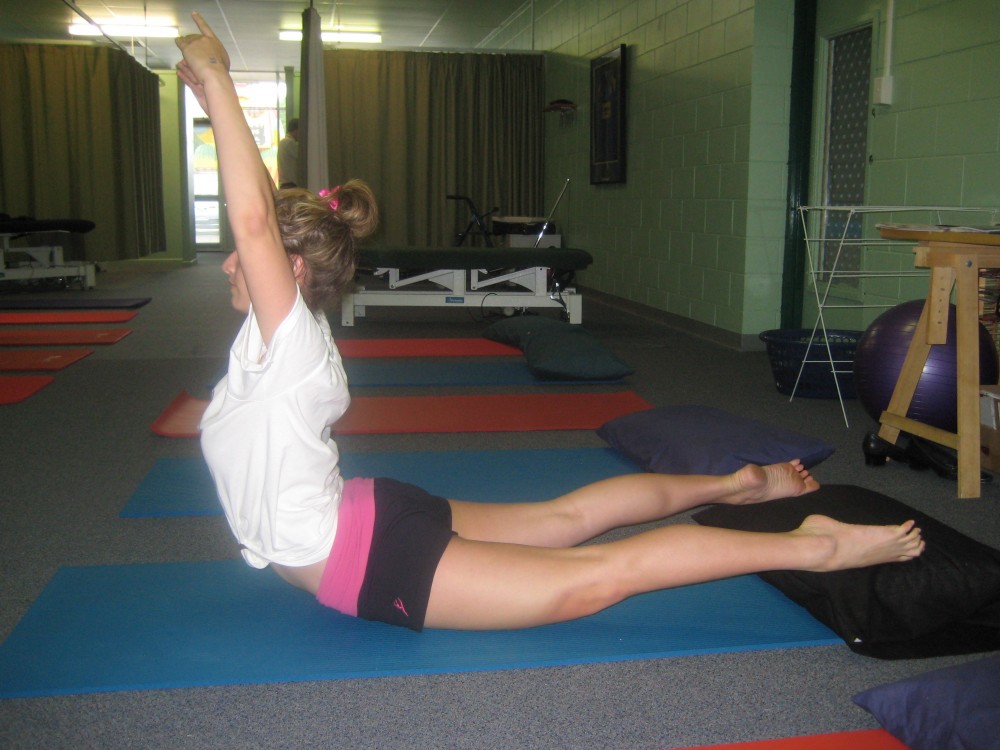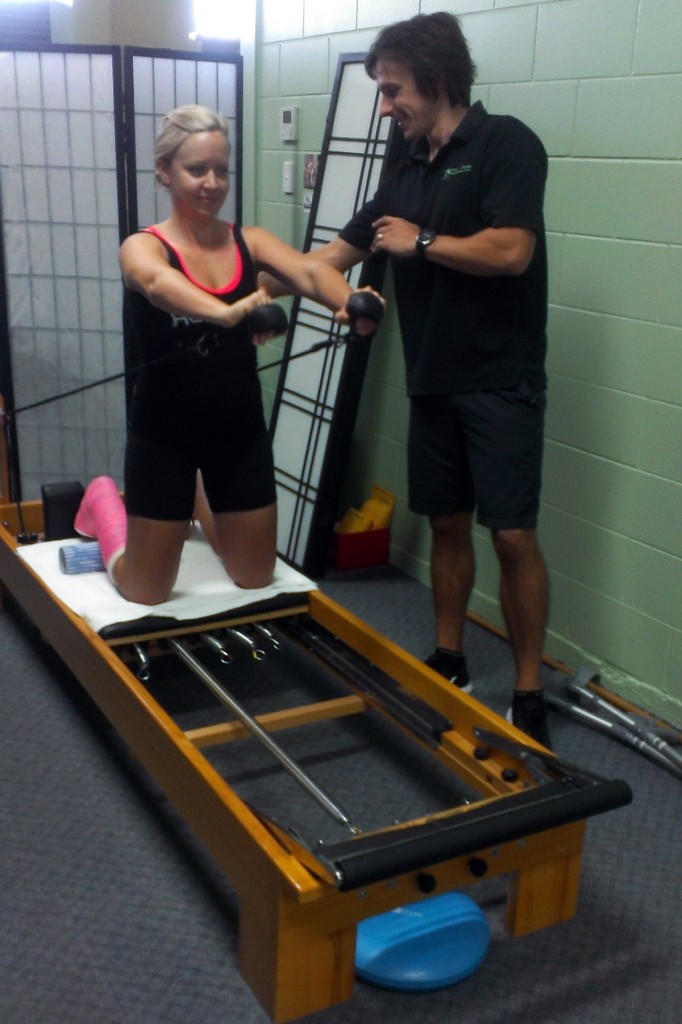What is Clinical Pilates?
Clinical Pilates is a system of safe and effective exercises which meet your specific individual needs. Clinical Pilates is used by our physiotherapists to treat a wide range of injuries and conditions, ranging from low back pain and chronic pain to hypermobility and chronic fatigue syndrome. It is also used by elite athletes and dancers to improve essential movement patterns and enhance fitness and performance, as well as assisting with injury prevention. By working into your body’s preferred movement, Clinical Pilates improves your mobility, stability, balance, posture and overall function.
Clinical Pilates offers a system of safe, effective and highly specific exercises appropriate for all ages. There are stages of exercises that you can progress through that will allow you to see the improvements in your strength, control and healing.
Differences between Regular and Clinical Pilates
There are important differences between regular Pilates and Clinical Pilates.
Regular Pilates is conducted by a Pilates instructor, whereas Clinical Pilates is prescribed and supervised by a Clinical Pilates trained Physiotherapist or Exercise Physiologist (E.P.). This difference is very important because a Physiotherapist or E.P., unlike a Pilates instructor, has an in-depth knowledge of injury, pathology, bodily function, healing and movement patterns. This knowledge allows a Physiotherapist to assess each patient and determine which exercises will be the most effective for each individual. This becomes especially important if you have any history of injury – whether it be low back pain, whiplash, osteoporosis, or if you are an athlete coming back from an injury. There will be certain exercises which need to be adapted specifically for you so to avoid further harm; this is something that only a Physiotherapist or Exercise Physiologist is trained to do. Like any form of exercise, Pilates can be wonderful for fitness, however still has the potential to cause injury or pain if not prescribed and monitored in the correct way.
Forms of Pilates
Treatment Sessions
At FirstIn Physio, Pilates comes in many forms so that the benefits can be enjoyed by everyone. You will often see our Physiotherapists using the Pilates Reformer as part of treatment sessions, to assist in re-establishing correct movement patterns in the body following injury. Our Exercise Physiologists also use the Reformer during exercise training sessions, which can serve a number of purposes. Some athletes coming back from surgery of the hip or spine will need a program based on core work and mobility and the Pilates Reformer becomes a mainstay of their rehab program. It can also be used for high-level athletes as part of a strength session and to work on weaknesses in mobility throughout the body, leading to better overall performance, or with stroke patients to assist with rehabilitation. We also use it a lot with dancers in order to train their technique to bring them to a higher level and make them more injury-proof.
Group Matwork Classes
FirstIn Physio offers a number of small group classes at the clinic, designed to cater for different levels of fitness and skill, from beginner through to advanced. The classes are an excellent way to build base core strength in a fun and supervised environment, allowing your physio to closely watch your technique as you perform the exercises and to give you variations based on your individual needs. These classes are a lot of fun and tend to fill up fast! We also offer male- and female-specific classes.
Independent Sessions
One of our Physiotherapists or Exercise Physiologists can work closely with you to develop your own Pilates program using the equipment at the clinic combined with matwork exercises. Once you feel confident and competent with your specific program, you can advance to an independent program, where you will be able to use our studio and its equipment at regular intervals on your own. A Physiotherapist will regularly monitor your program and prescribe more advanced exercises as you progress.
Benefits of Clinical Pilates
Clinical Pilates has been shown to prevent injuries, improve balance and stability, strengthen and tone muscle and improve bone density. It is a great form of general exercise to improve fitness and improve technique in specific movements, such as dance, running and golf. It is appropriate for all age groups from kids through to the elderly and is safe and fun!
- Prevention and treatment of back pain & injury
- Resolution of spinal pain
- Enhanced core stability and pelvic floor function
- For the elderly, enhancement in movement, balance, agility and flexibility
- Falls prevention
- Muscle toning without adding bulk
- Increased bone density (for Osteopaenia & Osteoporosis)
For more information, please do not hesitate to give our staff a call and find out more about the amazing benefits of Clinical Pilates at FirstIn Physio!


